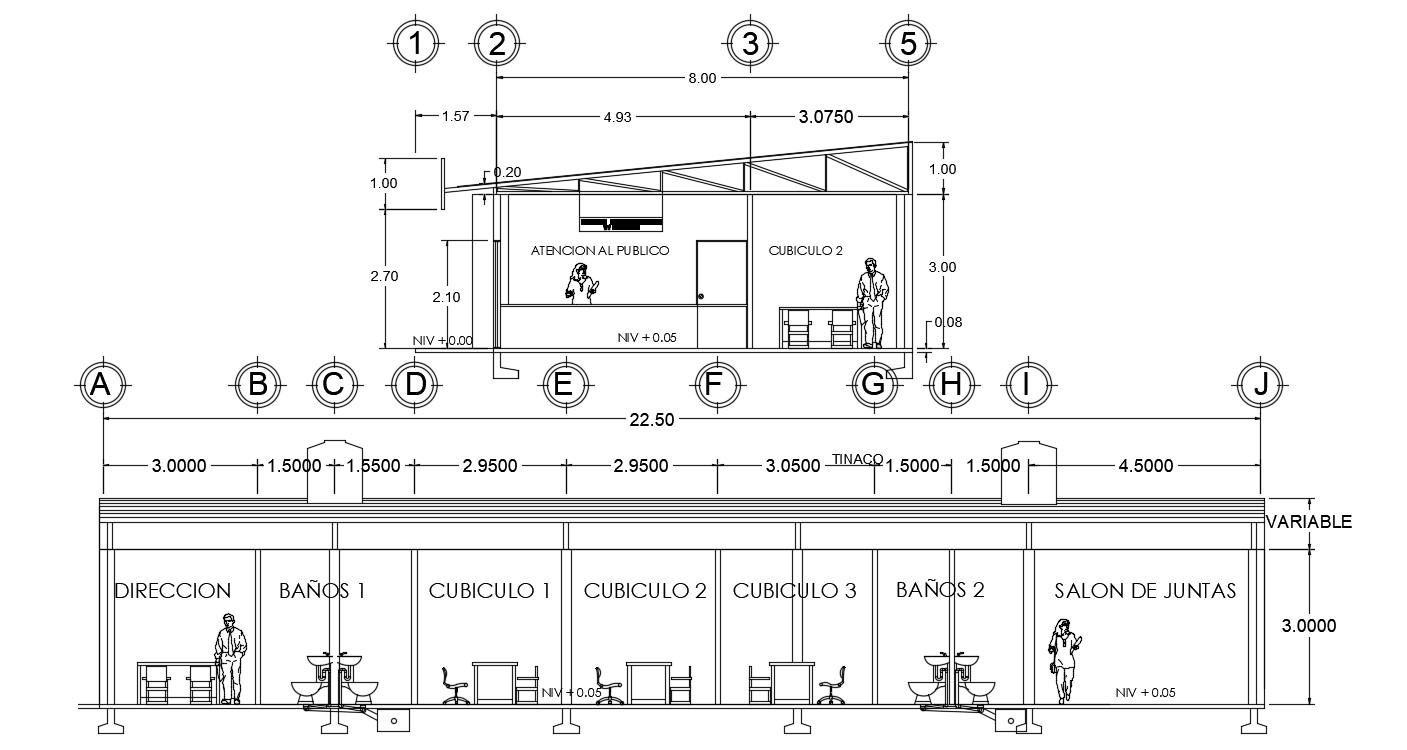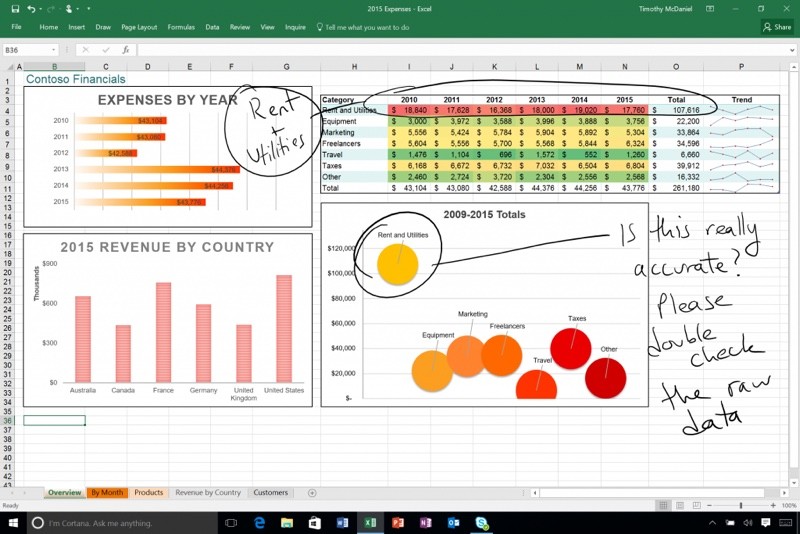
We discuss both supervised and unsupervised techniques for training such a classifier. Then, it performs semantic interpretation, using a classifier that mimics human reasoning to associate modeling semantics with the nodes and edges. First, it performs structural inference to identify the set of nodes and edges that constitute a process model. We discuss different sources of structural and semantic ambiguities, commonly present in informal diagrams, which pose challenges for automated inference. In this paper, we present an approach for automatically inferring formal process models from informal business process diagrams, so that the strengths of both types of tools can be leveraged. Formal models, although desirable, are rarely created (during early design) because of the usability problems associated with formal-modeling tools. However, the designs created using such tools are informal sketches, which are not amenable to automated analysis. Free-form diagramming tools, such as PowerPoint and Visio, are the preferred tools for creating process models. Process modeling is an important activity in business transformation projects. We illustrate our proposal and modelling tool using a real-life case, the TeachMover robot

In this paper, we present the modeling tool of the PRISMA framework and how it supports the reuse and maintenance improvements of the PRISMA model and its aspect- oriented description language (AOSD). NET middleware, and a compiler to automatically generate the application source code. The framework is composed by a modelling tool, a.

PRISMA provides a framework to guide the development of complex and large software systems. PRISMA approach proposes the separation of concerns from the very beginning of the software life-cycle in order to introduce them as reusable aspects of software architecture. It combines the aspect-oriented software development (AOSD) and the component-based software development (CBSD) in an elegant and novel way achieving a better management of crosscutting-concerns and software reusability. PRISMA is an approach for developing complex and large software systems. Aspect-oriented programming (AOP) has emerged in recent years as a new paradigm for software development.


 0 kommentar(er)
0 kommentar(er)
